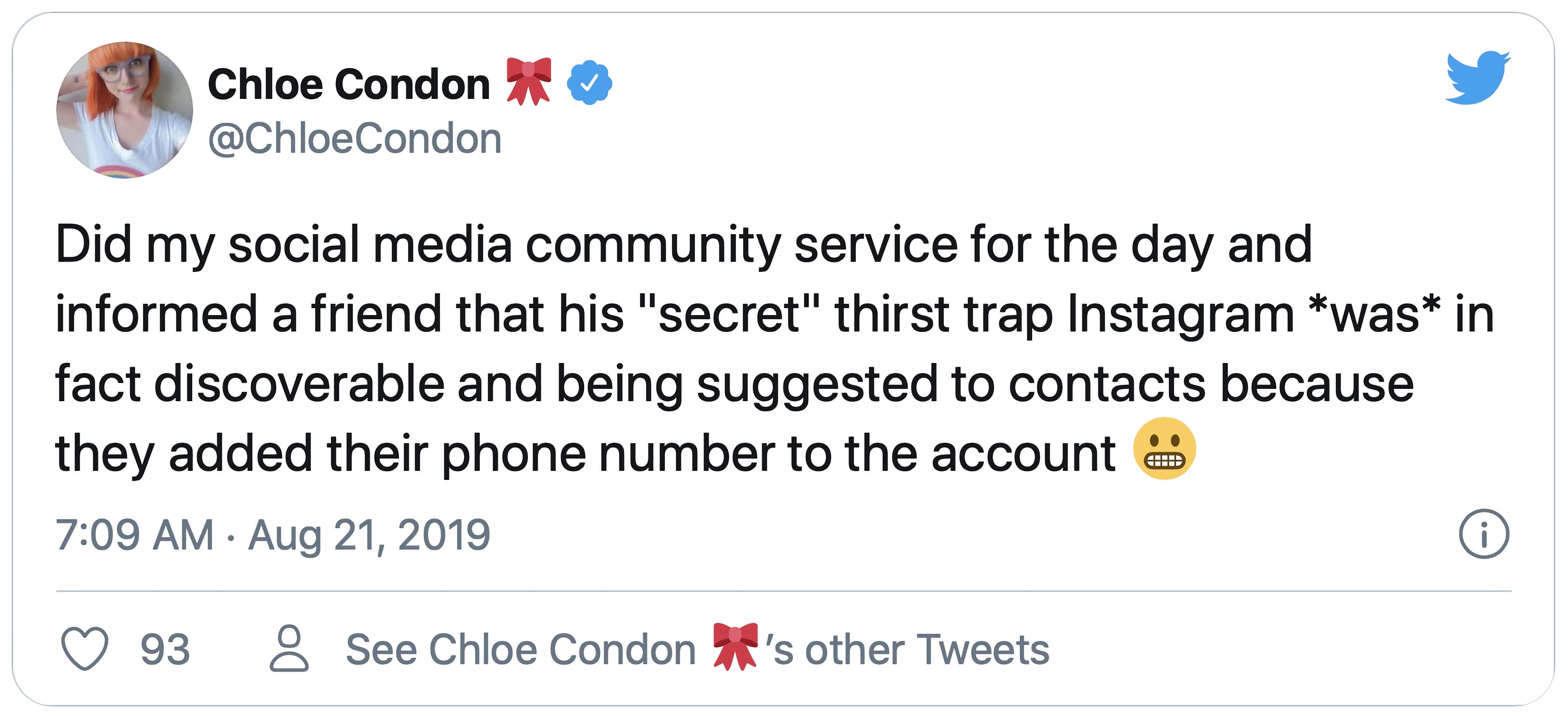Delete your photos
Deleting your old photos is recurring advice to photograpehers. JP Danko suggests deleting photos just for simplicity of management. Similarly, Eric Kim recommends it for decluttering as well.
From another side, Mike Dixon deletes photos as part of his reflection and self-improvement efforts. And Caleb Kerr argues emotional attachment to old photos is bad for your portfolio and can be a barrier to creating better work.
Rebrand
A number recommend starting from scratch. David J. Fulde:
I started my Instagram account years ago, somewhere around 2013. I had no direction and I didn’t even start photography for years afterwards. It was random photos of my life, me trying to be an “influencer” and all sorts of random junk. This resulted in a lot of followers that didn’t care about my account when it took a shift to photography only, or people that joined instagram and then stopped using it, as well as follow for follow accounts etc.
[…]
With the new account and increased engagement I’ve had a few doors open, I’ve been having the right people seeing my work and it has directly led to some paid gigs, which ironically enough I rarely post on my Instagram. Choosing hashtags more carefully, posting work I’m proud of, and even deleting posts I don’t like anymore has really helped me out in the past year in how I am perceived by clients.
For the last several months I’ve had a love hate relationship with Instagram (hate, mostly). Not so much because of the platform itself, but because I haven’t been happy with the feed that I’ve randomly and inattentively put together over the last couple of years. I started off in photography photographing some of the tattoo industry’s most popular models. The work was rewarding in the sense that I got to meet a lot of interesting people and it afforded me the opportunity to be published in a few magazines and even a book.
As my interest for photography grew into something more developed and focused, I found myself awkwardly posting images of half-naked women a day after shooting family portraits (or vice versa). It left my feed with a strange vibe to say the least. Worst case scenario, perhaps someone was visiting my feed to see samples of my portraiture and instead stumbled upon a lovely gallery of NSFW content with the occasional family friendly images scattered throughout.
Ignore social media
Photographer Nick Fancher abandoned 60,000 followers and deleted his social media (syndicated at DIY Photography and Petapixel):
[O]ver time, social media trains us to create and post in a manner that pleases the apps’ algorithm. If a post does really well and followers respond well to a certain kind of image or technique, we begin to form a Pavlovian drive to replicate that response. For example, when I post an image with a lot of red, or shutter drag, those images would outperform my other posts by two or three times. Over time this began to motivate me to not only post more images with movement or red, but I would also shoot more in that manner. My art was becoming a meme.
Some tools top Instagrammers use
- Later to schedule Instagram posts
- Focalmark to plan hashtags
- Ingramer to auto like, auto follow, and auto unfollow
- IG Audit to check the authenticity of followers on an account
- lnk.bio or tap.bio to turn IG’s one bio link into a useful index of links
Then there are Instagram thirst traps

